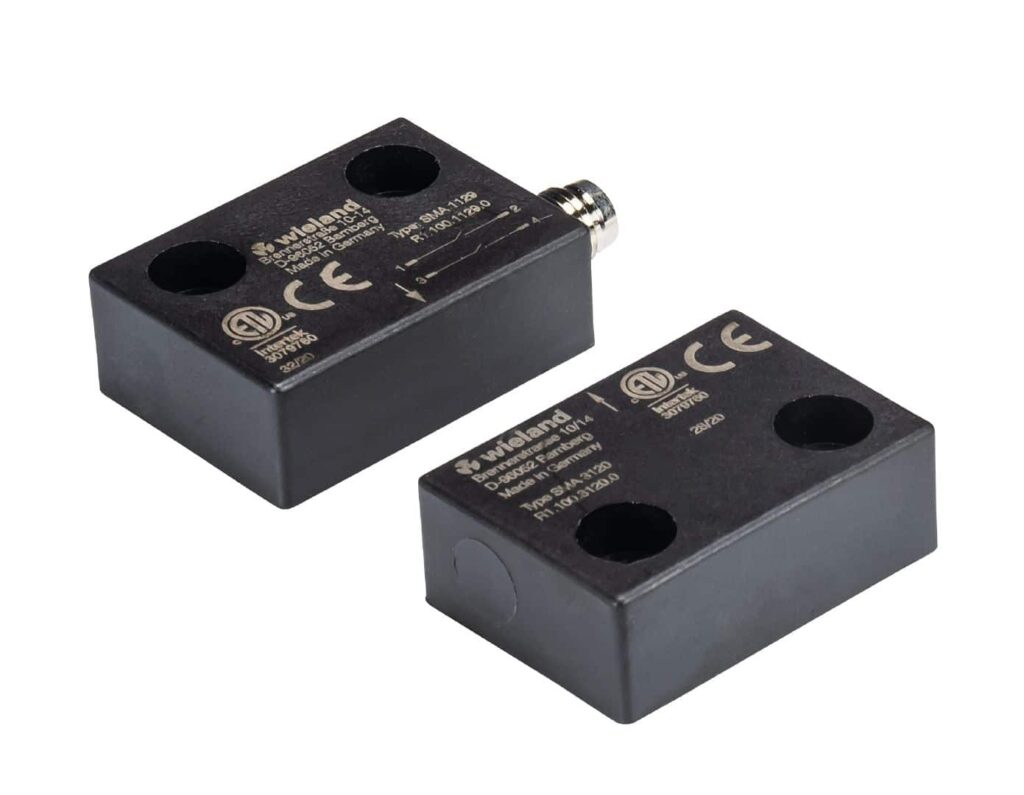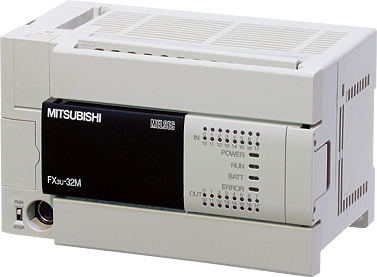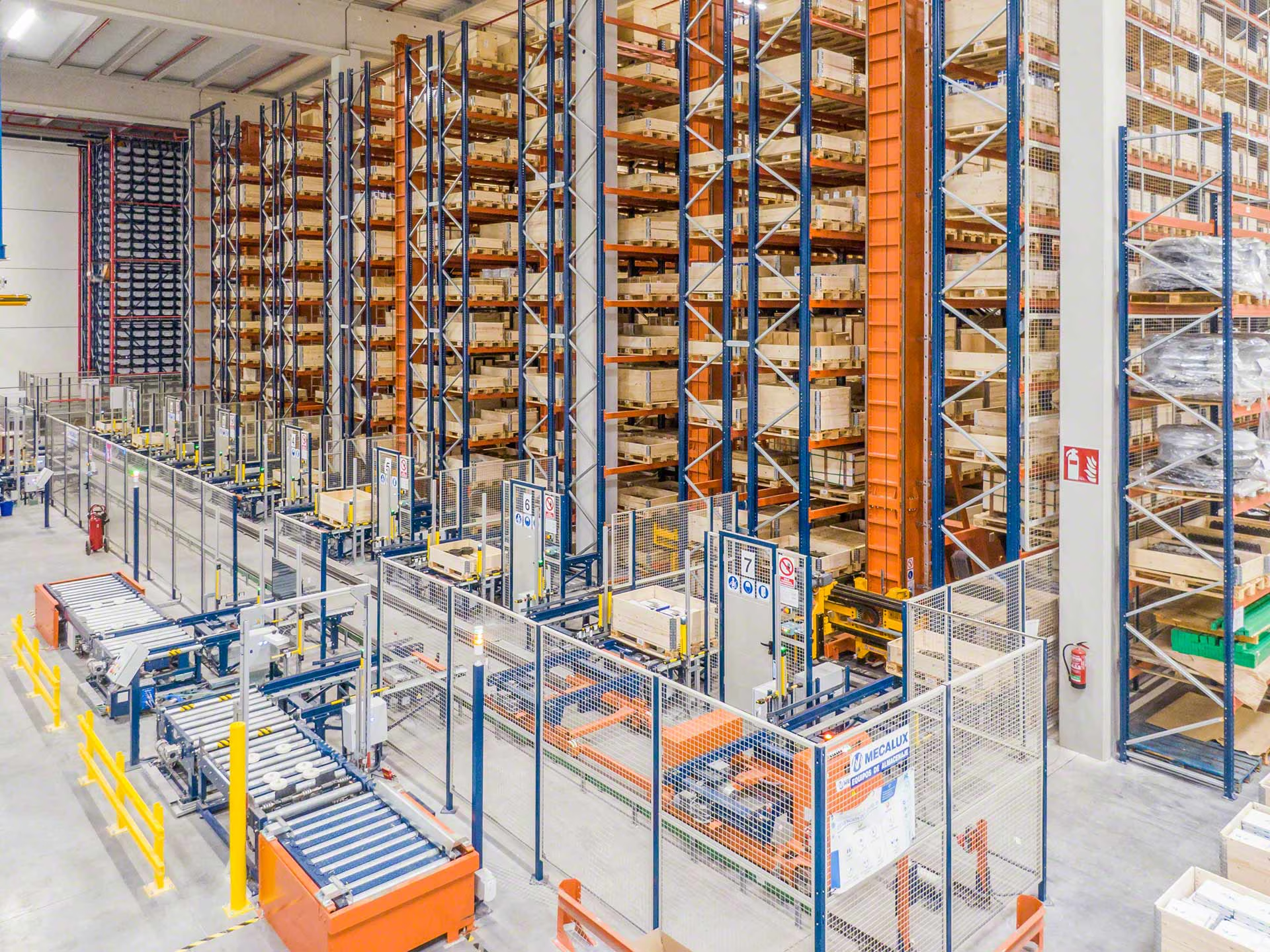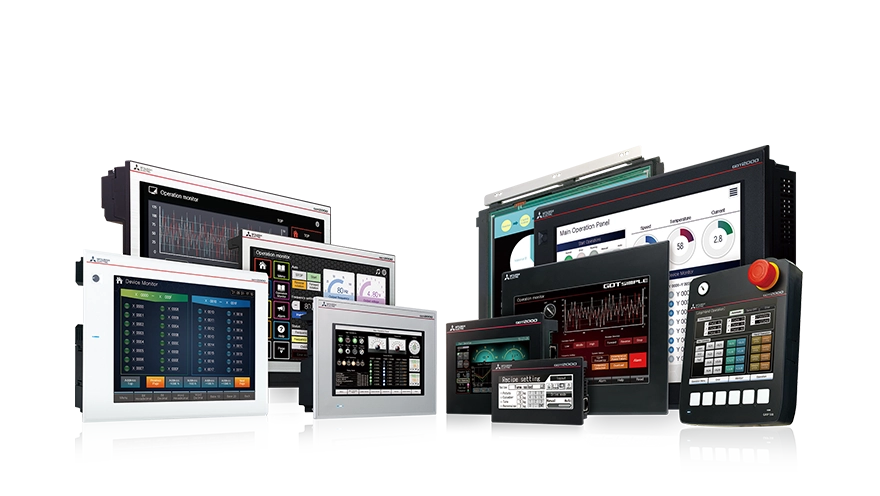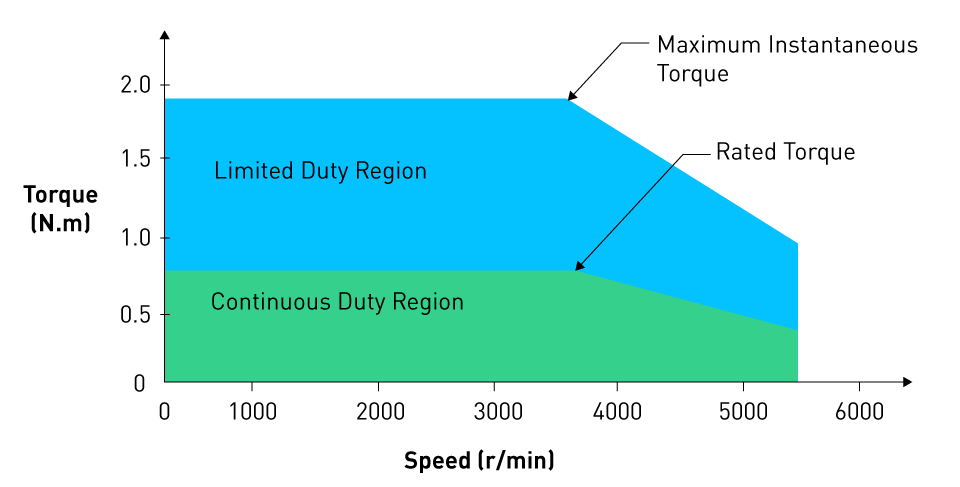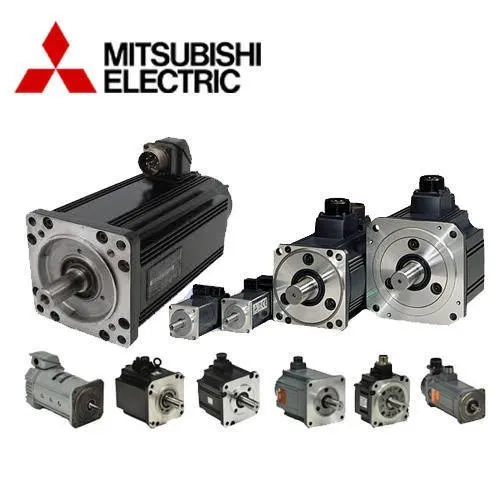
1
Servo Motor Maintenance
Importance of Servo Motor Maintenance
Servo motor maintenance is essential for ensuring reliability, performance, and safety in automated systems. These motors are used across industries where precise control of motion is critical—such as robotics, CNC machinery, and packaging lines. Regular maintenance not only extends their lifespan but also reduces unexpected failures and costly downtimes. Periodic inspections, cleaning, and performance monitoring help detect early signs of wear or mechanical issues before they escalate. This proactive approach avoids emergency repairs, maintains efficiency, and preserves system accuracy. Incorporating servo motor maintenance into your routine supports optimal speed control, lowers energy use, and prevents misalignment or overheating problems. With proper care, servo motors deliver consistent, high-precision performance throughout their service life.
Regular Inspection Procedures
Detect Early Signs of Wear
Routine inspection helps identify wear in servo motors and related components. Indicators like unusual noise, vibration, or speed fluctuations may suggest internal damage. For instance, a humming sound or jerky movement might point to bearing wear or shaft imbalance. Predictive maintenance tools—such as vibration analysis and thermal imaging—can detect issues early, allowing teams to act before breakdowns occur. Early intervention supports productivity and cost-effective maintenance scheduling.
Inspect Shafts, Housings, and Mounting Hardware
Checking the motor shaft, housing, and mounting hardware ensures mechanical stability. Shafts should be inspected for signs of scoring or misalignment, while housings must remain free from cracks, oil leaks, or corrosion. Mounting components—like bolts and brackets—must be secure and free of vibration wear. Stability in mounting is key to reliable motion control and avoiding downtime.
Effective Cleaning and Lubrication
Prevent Overheating
Overheating is often caused by clogged vents or dirt-covered cooling surfaces. Dust and debris restrict airflow and cause internal strain, which may lead to thermal overload. Cleaning fans, fins, and enclosures restores airflow. In dusty settings, use filters or sealed housings. Lubricating bearings with the correct grease minimizes friction and heat buildup.
Address Mechanical Issues
Cleaning and lubrication also help identify hidden mechanical issues. Dirt around couplings, encoders, or shaft ends can cause misalignment and vibration. Worn seals and loose fasteners often become visible during cleaning. Lubrication prevents wear in bearings and linear guides, supporting smooth operation. A consistent maintenance routine helps avoid bearing failures and stuttering motion, keeping systems efficient.
Performance Monitoring Strategies
Unusual noise or vibration often signals early mechanical failure. These may be caused by worn bearings, misaligned shafts, or imbalanced loads. For example, a grinding sound can indicate bearing damage. Using acoustic sensors or vibration monitors allows teams to spot these signs early. Proactive monitoring enhances equipment reliability and helps prevent costly shutdowns.
Speed fluctuations usually stem from control loop instability, encoder faults, or voltage issues. Such inconsistencies can disrupt synchronized movements, especially in robotic systems. Tools like drive diagnostics and PLC feedback systems detect speed variations in real time. Fixing them early maintains accuracy and extends motor life.
Unusual noise or vibration often signals early mechanical failure. These may be caused by worn bearings, misaligned shafts, or imbalanced loads. For example, a grinding sound can indicate bearing damage. Using acoustic sensors or vibration monitors allows teams to spot these signs early. Proactive monitoring enhances equipment reliability and helps prevent costly shutdowns.
Speed fluctuations usually stem from control loop instability, encoder faults, or voltage issues. Such inconsistencies can disrupt synchronized movements, especially in robotic systems. Tools like drive diagnostics and PLC feedback systems detect speed variations in real time. Fixing them early maintains accuracy and extends motor life.
Scheduling Professional Maintenance
Knowing When to Seek Expert Help
While in-house staff can handle basic tasks, persistent issues may need expert attention. Symptoms like erratic movement, overheating, or unresolved vibration often point to deeper problems. Professional technicians can diagnose encoder faults, damaged windings, or tuning issues with advanced tools. Their support ensures compliance with standards and prevents long-term damage. Scheduled expert servicing can restore performance with minimal disruption and help avoid more expensive failures down the line.
Documentation of Maintenance Activities
Importance of Maintenance Records
Accurate logs of inspections, repairs, and part replacements help track a motor’s health over time. These records highlight recurring problems and inform future maintenance plans. For example, regular shaft misalignments may suggest an environmental or installation issue that needs correction.
Log Issues and Resolutions
Recording faults and how they were resolved creates a useful reference. Details like the cause, date, and fix enable faster troubleshooting in the future.
Documenting solutions also helps train new staff and preserve knowledge as team members change.
Proper Handling and Storage Practices
Proper handling and storage protect motors from damage and contamination. During transport, motors should be cushioned and shielded from dust, moisture, and impact. Always lift motors with appropriate tools to prevent bending shafts or cracking housings. For storage, choose dry, temperature-controlled environments. Avoid placing motors directly on the floor; use pallets or shelves. Cover motors with breathable fabric or plastic to allow airflow while protecting against dust. Some motors may require periodic rotation or startup to keep components lubricated and avoid bearing damage.
Maintaining Alignment and Balance
Correct alignment is vital for the safety and performance of industrial equipment. Misalignment can cause uneven wear, overheating, or system shutdowns—especially in high-precision setups. In light curtain systems, for instance, even small misalignments can prevent beam detection. Robotic arms or conveyors may vibrate or wear prematurely if not aligned correctly. Regular alignment checks, particularly during installation or after servicing, help ensure equipment runs within design tolerances and avoids unnecessary breakdowns.
Implementing Software Updates and Calibration
Keeping software up to date and systems calibrated is key to operational safety and performance. Updated firmware improves compatibility and patches security gaps. Skipping updates on PLCs or HMIs can lead to logic errors or integration problems with newer equipment. Meanwhile, calibration ensures accuracy in sensors and actuators, helping avoid production defects or safety violations. Miscalibrated devices like light curtains or torque sensors can compromise both quality and safety. Scheduled updates and calibration ensure that systems stay compliant and perform reliably.
Temperature Monitoring Techniques
Temperature monitoring protects industrial systems from heat-related damage. A small increase in temperature may signal insulation failure, motor overload, or pending part failure. Thermocouples, RTDs, and infrared sensors integrated with SCADA or PLCs allow for real-time alerts and automated shutdowns. In motor control centers, continuous tracking helps detect faults early. Safety relays or light curtain units can also overheat if ventilation is blocked. Temperature monitoring helps maintain consistent operation and keeps components within safe thresholds.
Training Staff for Maintenance Procedures
A well-trained maintenance team ensures equipment reliability and workplace safety. Staff need more than basic instruction—they must understand each machine’s functions and the procedures for checking, testing, and troubleshooting. For example, technicians working with emergency stop systems or safety scanners must know how to test their functions, reset faults, and interpret alarms. Training supported by manuals, walkthroughs, and real-world practice minimizes human error and improves system uptime. A culture of ongoing learning ensures that maintenance remains effective as systems evolve.
Benefits of Proactive Maintenance
Reducing Costly Downtime
Proactive maintenance minimizes the chance of unplanned failures. By performing regular checks and addressing wear before it causes failure, businesses avoid halts in production. In facilities using PLCs, servo motors, or safety sensors, a single issue can pause operations for hours. Inspections, thermal scans, and predictive analytics help maintenance teams act before problems escalate. This approach preserves uptime, protects surrounding systems, and avoids the expense of emergency repairs.
Enhancing Servo Motor Performance
Servo motors require consistent care to maintain precision. Dust build-up, thermal cycling, or power fluctuations can degrade motion quality or introduce control issues. Routine calibration, error log review, and bearing lubrication keep servo systems operating at peak performance. Monitoring load conditions also helps avoid stress that leads to misalignment or vibration. With proactive maintenance, servo motors last longer, run more efficiently, and support consistent quality in high-demand automation environments.
Proactive maintenance minimizes the chance of unplanned failures. By performing regular checks and addressing wear before it causes failure, businesses avoid halts in production. In facilities using PLCs, servo motors, or safety sensors, a single issue can pause operations for hours. Inspections, thermal scans, and predictive analytics help maintenance teams act before problems escalate. This approach preserves uptime, protects surrounding systems, and avoids the expense of emergency repairs.
Servo motors require consistent care to maintain precision. Dust build-up, thermal cycling, or power fluctuations can degrade motion quality or introduce control issues. Routine calibration, error log review, and bearing lubrication keep servo systems operating at peak performance. Monitoring load conditions also helps avoid stress that leads to misalignment or vibration. With proactive maintenance, servo motors last longer, run more efficiently, and support consistent quality in high-demand automation environments.
Extending Beyond Motion: A Broader Look at Automation Systems
While servo motors are essential for high-precision motion control, they form just one part of a wider industrial automation ecosystem. In addition to safety-related products, Venus Automation stocks a comprehensive range of items focused on advanced automation technologies. These offerings enable cost reduction and improved operational efficiency; however, they do not eliminate the need for hard-wired safety systems, even when certain technologies may appear similar in function. Automation components serve as powerful tools for enhancing productivity across industrial environments.
For example, Programmable Logic Controllers (PLCs) are essential for automating the operation of industrial machinery. Venus Automation supplies a variety of PLCs from Mitsubishi, including the Alpha Series, FX Family Series, Q Series, IQ-R Series, and Networking CC-Link modules—each designed to support specific control and scalability needs. To complement these systems, light curtains for measurement are available, along with a wide selection of encoders. These include absolute encoders, incremental encoders, magnetic encoders, and rotary encoder types, all of which contribute to precise and reliable automation. When paired with compatible motors, variable speed drives offer enhanced motor control, increasing the value of encoder feedback. For even greater precision, servo motors and servo amplifiers are also available, supporting applications that demand accurate motor positioning.
Human-machine interaction is enabled through a full range of operator interface components, including selector switches, HMI touch panels, handheld pendants, industrial-grade pushbuttons, panel mounts, and relevant accessories. Monitoring of electrical circuit performance is supported by devices such as power relays, speed monitors, insulation monitors, current monitors, battery monitors, phase sequence relays, voltage monitoring relays, and undercurrent relays. Additional core components include power supplies and residual current transformer units. EV charging solutions are also available within this category.
Supporting both automation and safety systems is a robust offering of cables and connectors. This includes straight cables, angled cables, and multipole connectors such as REVOS and RST. For secure integration into control panels, Selos terminals are recommended. A complete range of plugs, sockets, inlets, flanges, couplers, and enclosures are also stocked to accommodate diverse industrial applications.

